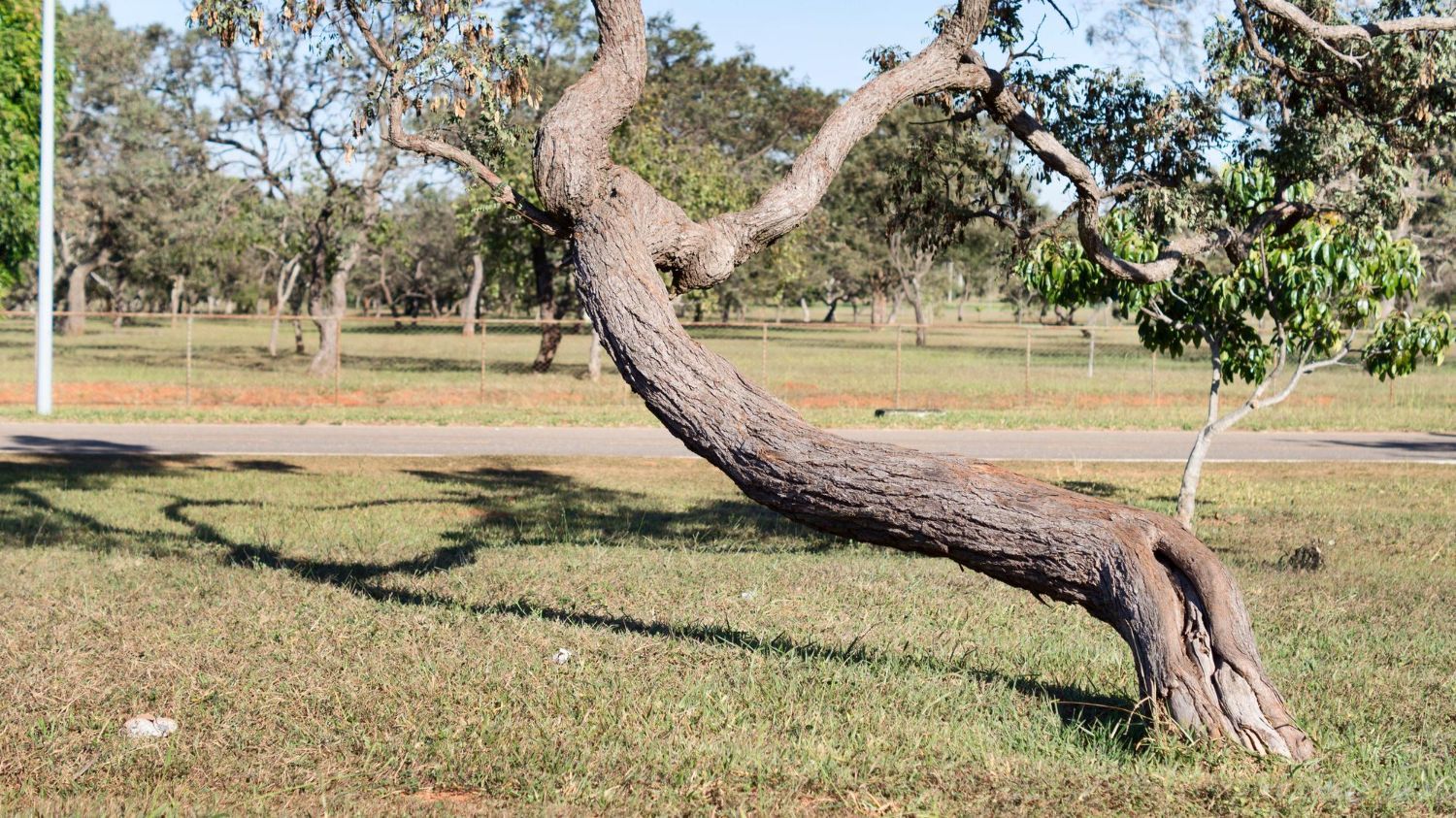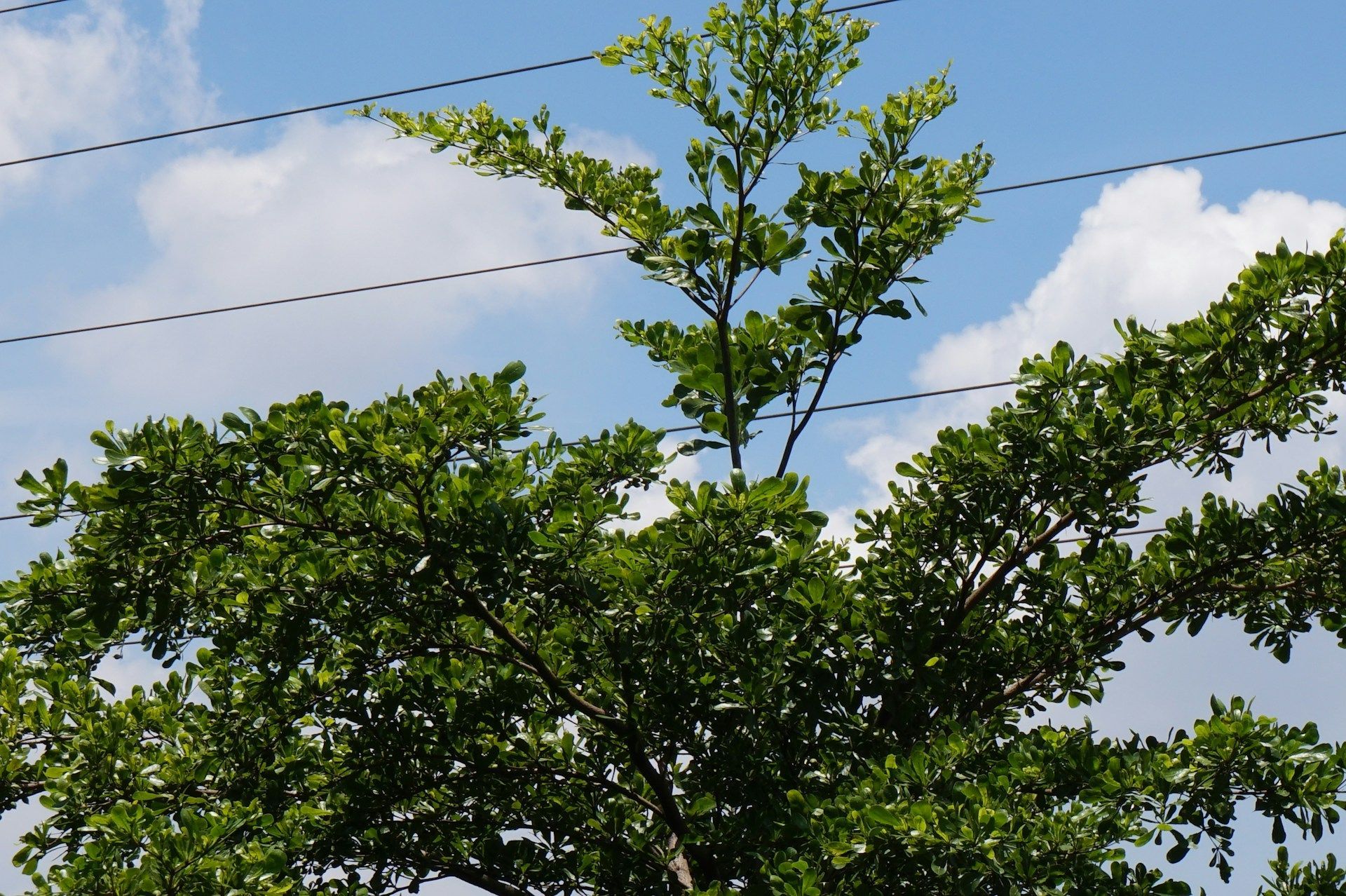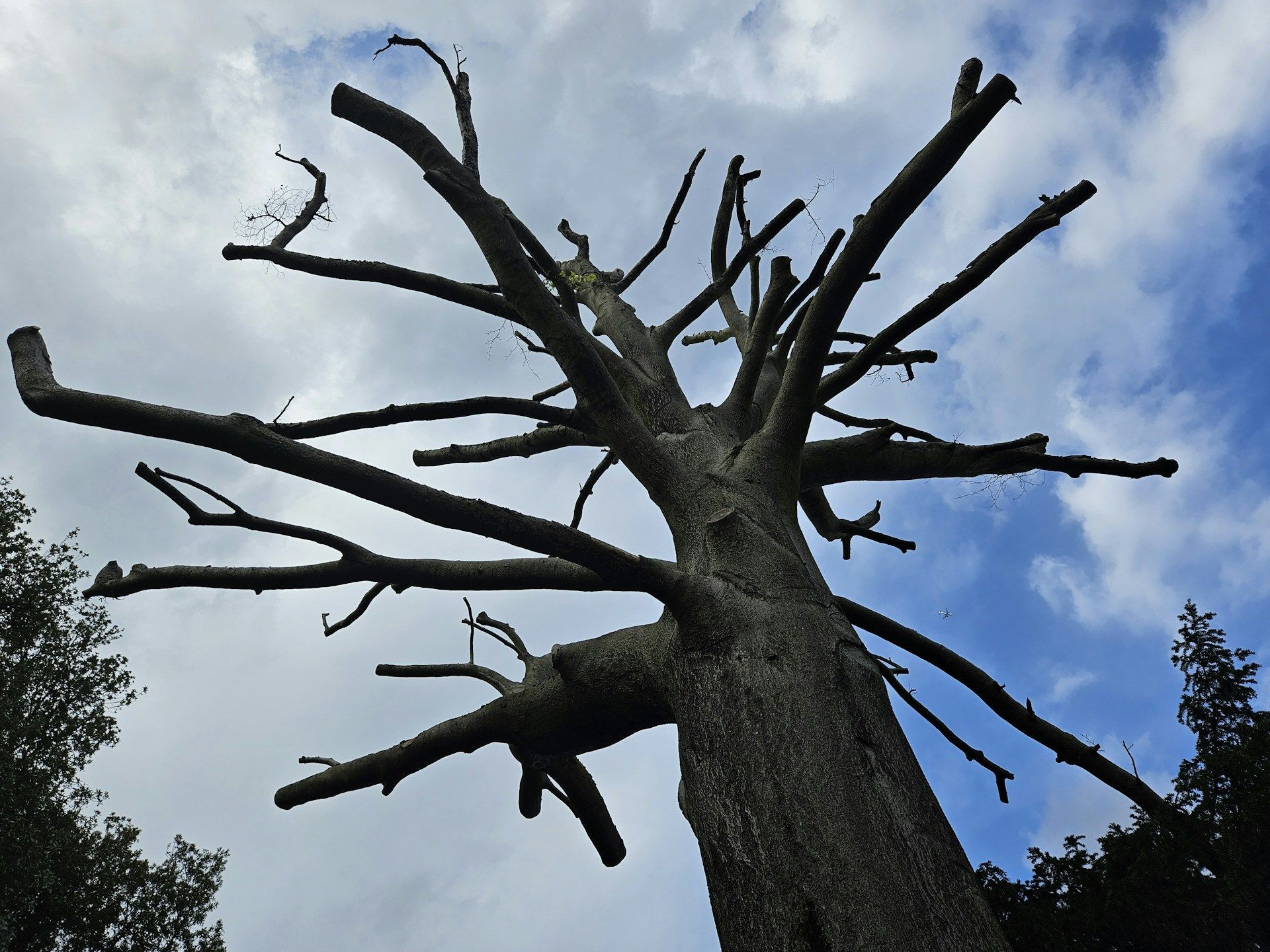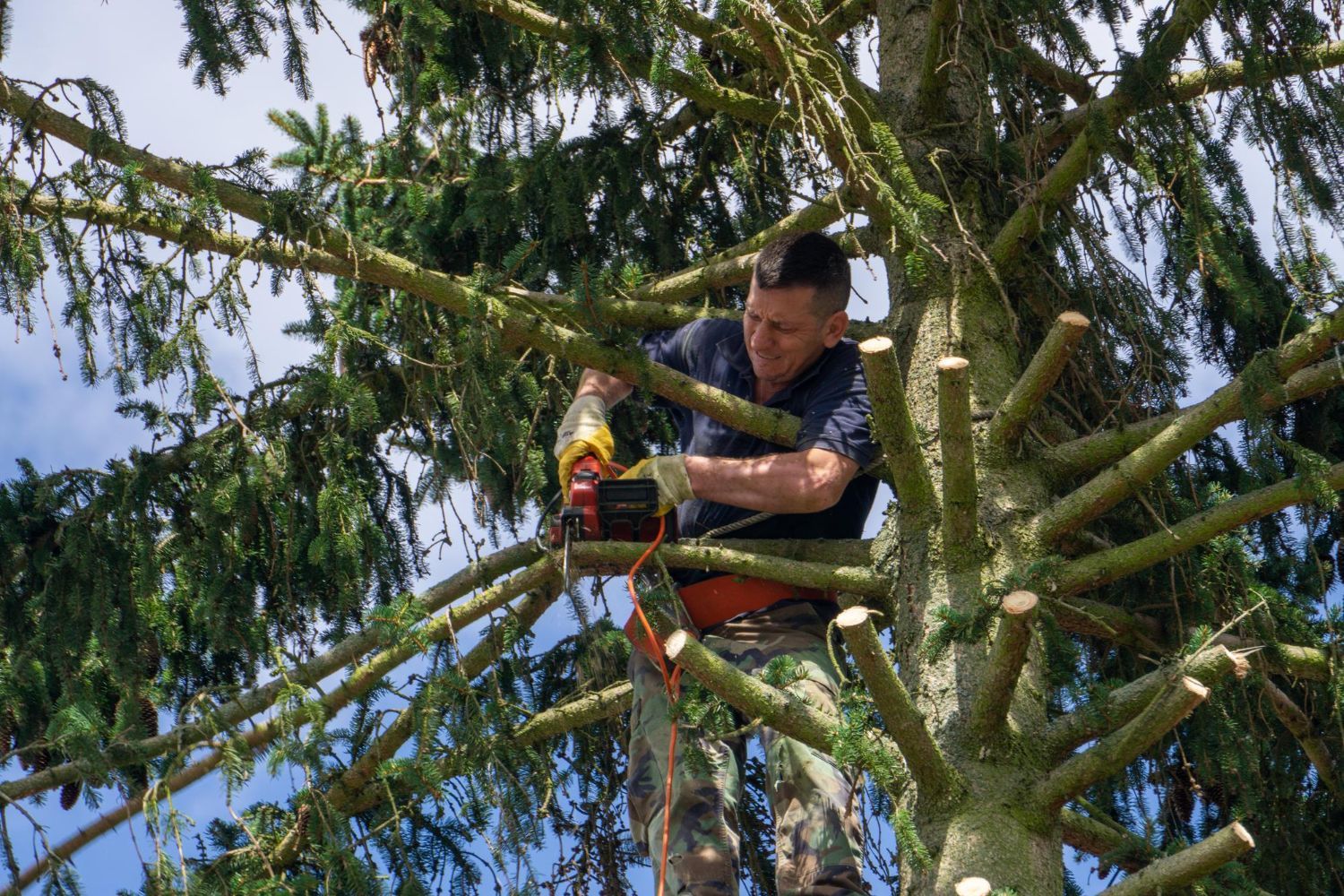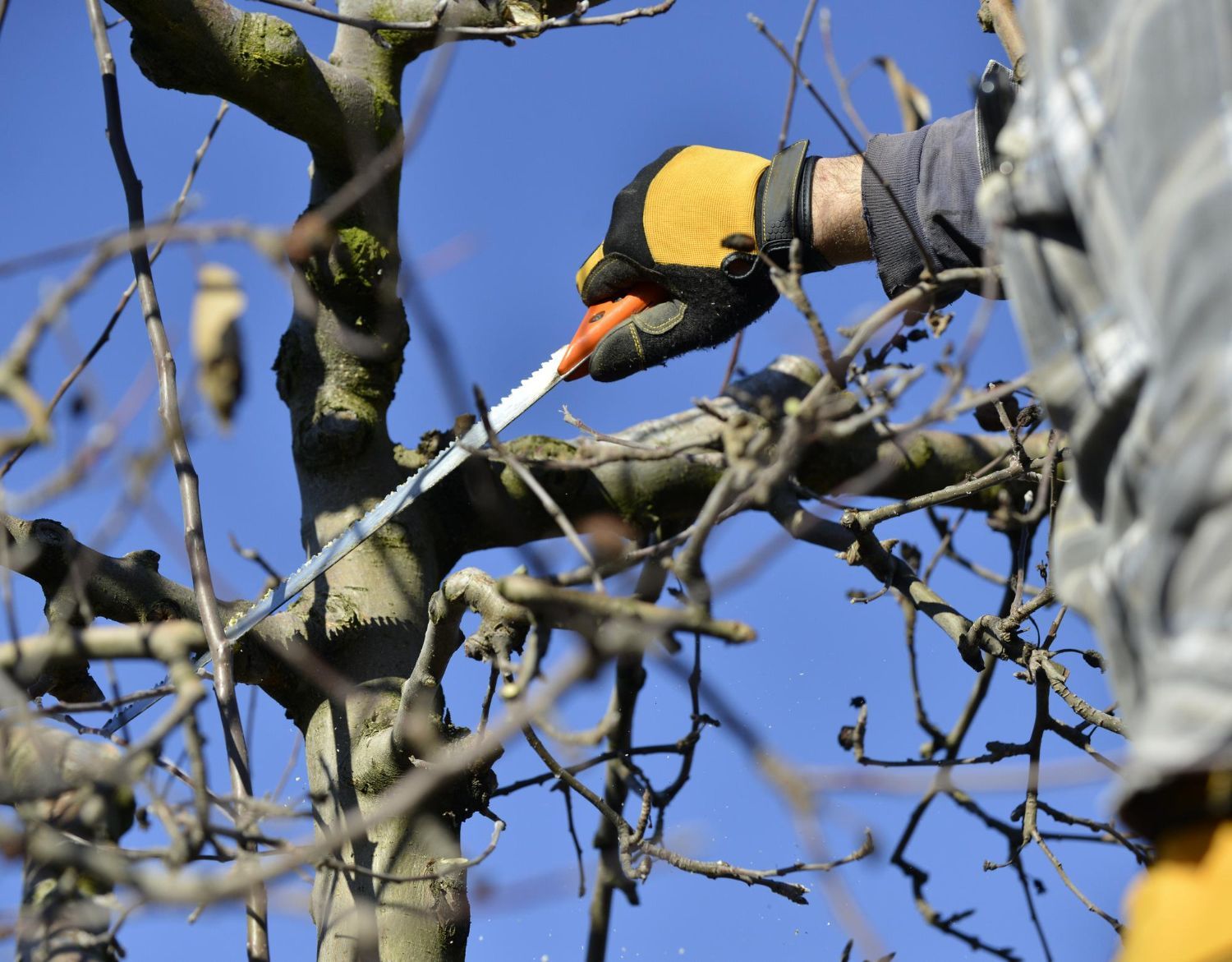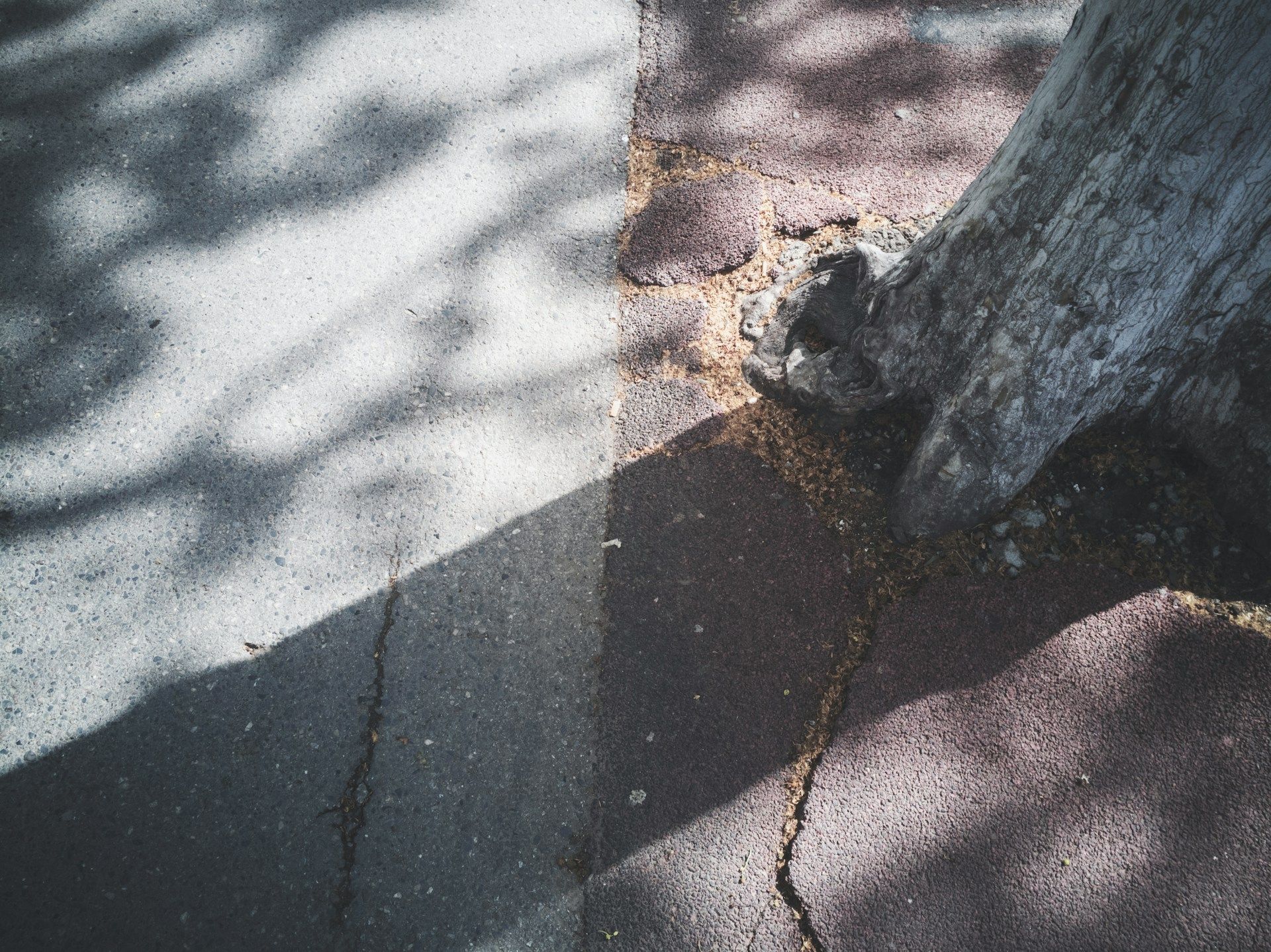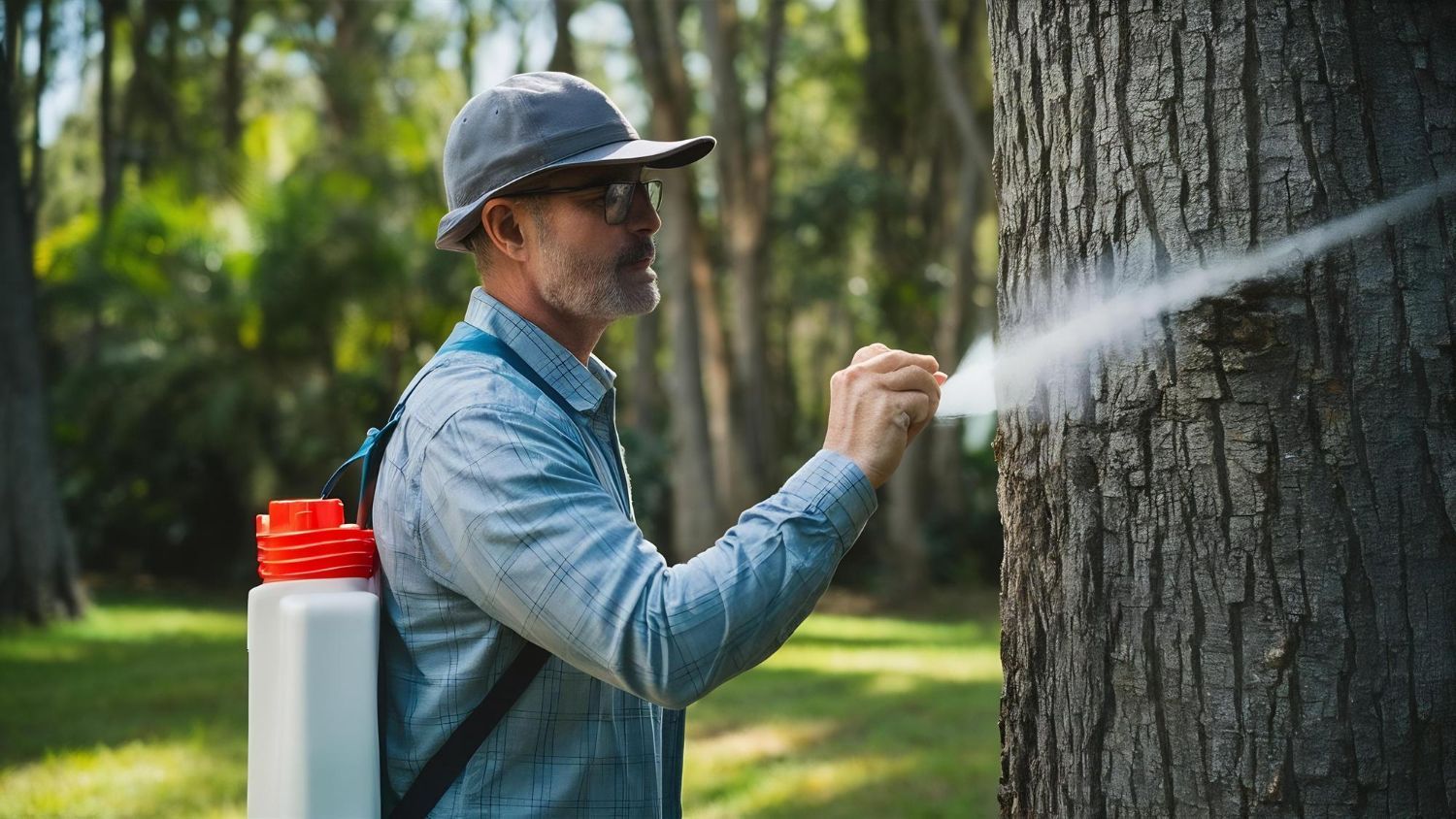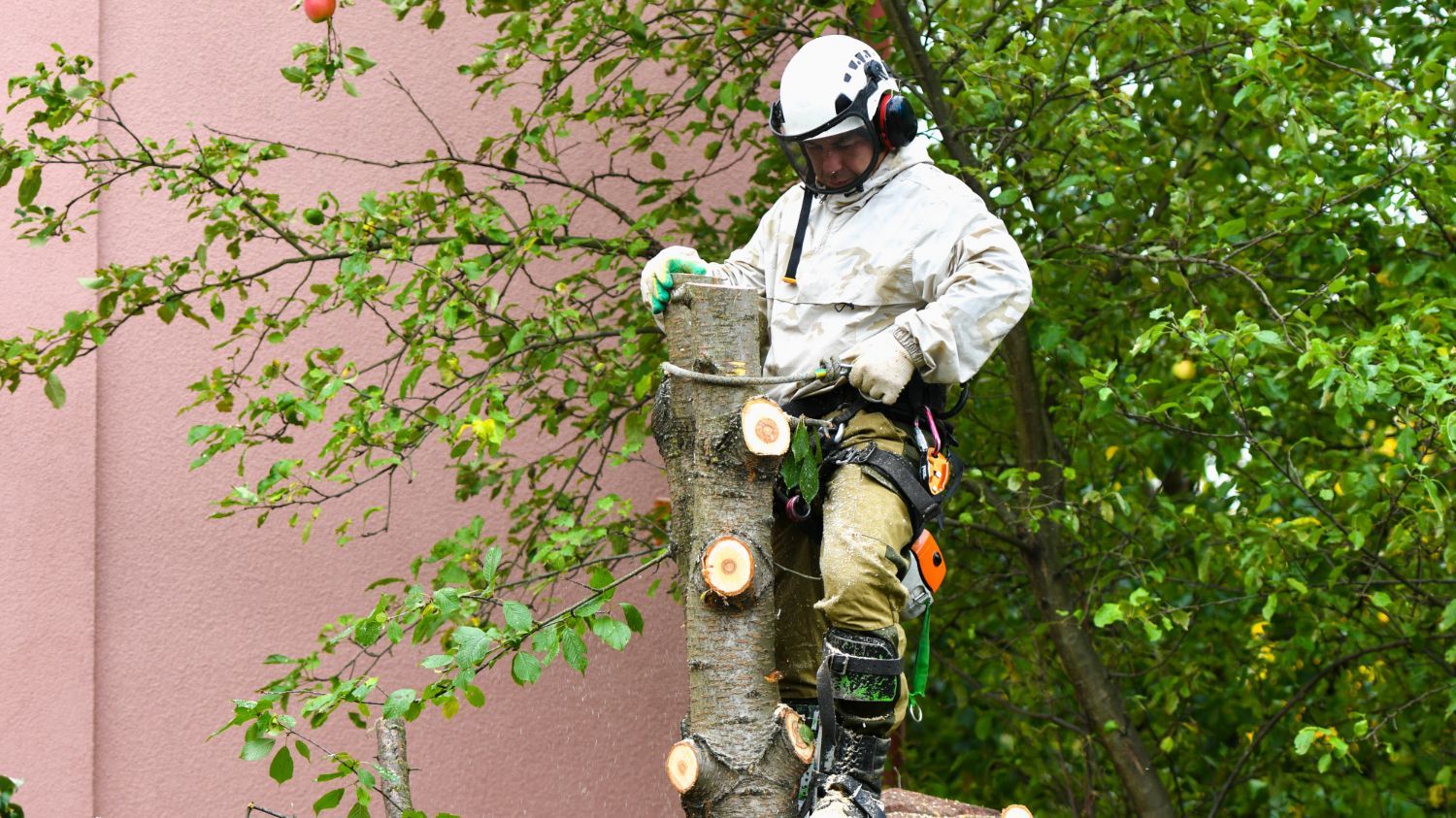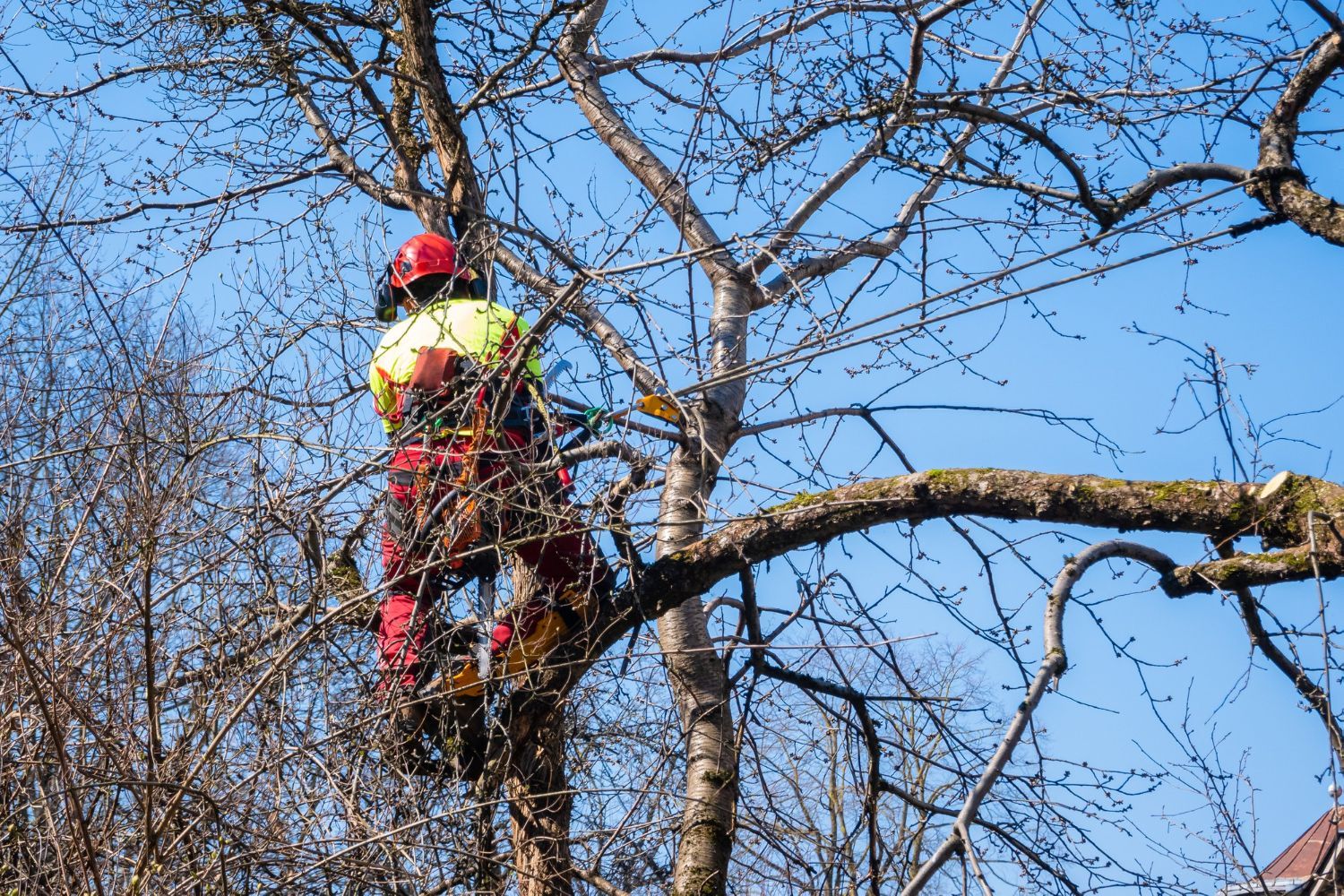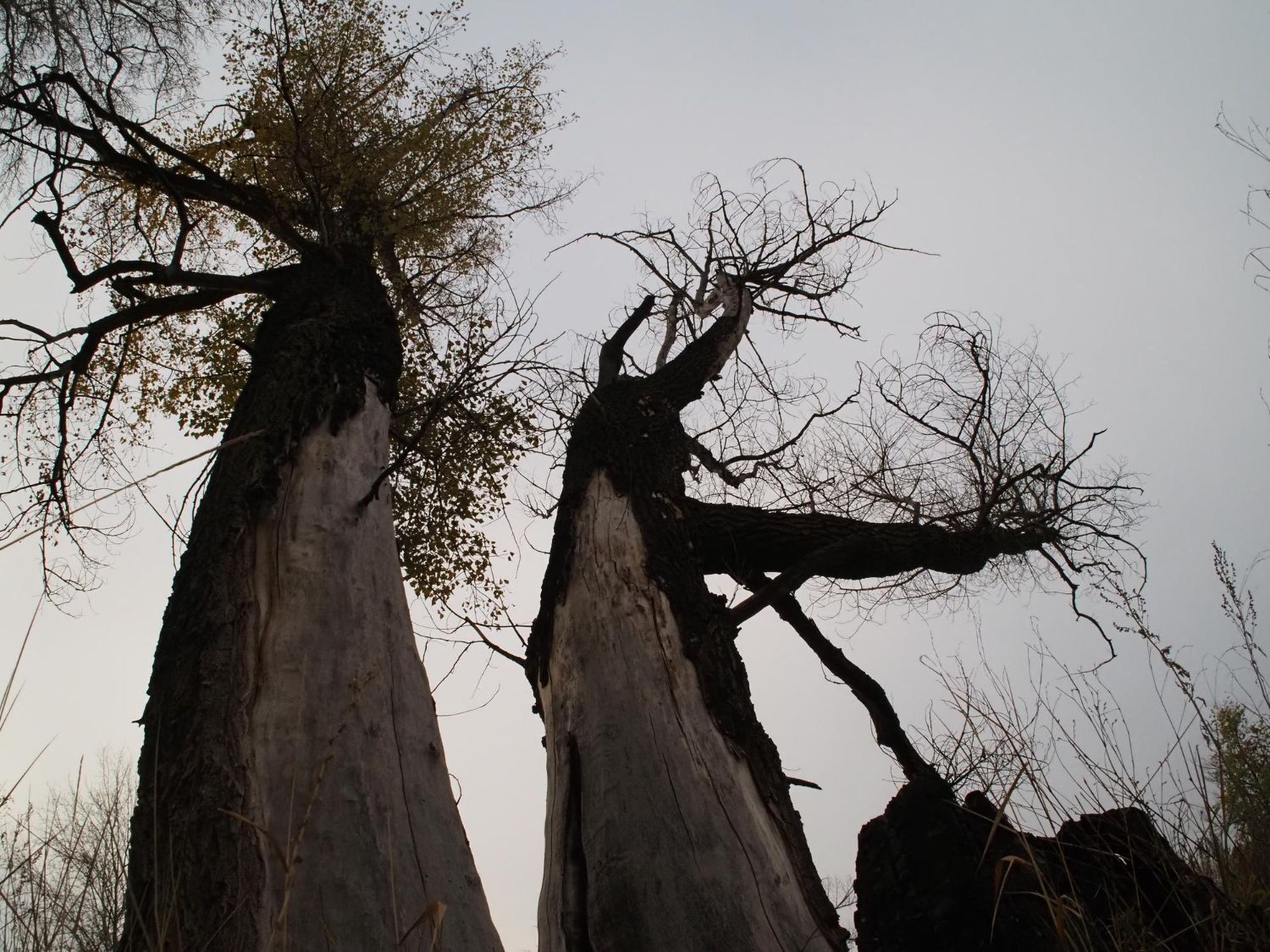Why Professional Tree Removal is Worth the Investment
Tree removal may seem like a straightforward task, but it carries significant risks that many homeowners might overlook. Trees can become hazardous due to disease, storm damage, or simply old age. When a tree becomes a threat to your home or safety, it’s crucial to address the issue promptly and effectively. While some may consider taking matters into their own hands, the dangers associated with DIY tree removal are substantial.
We will explore the key reasons why professional tree removal is a wise investment. We will also discuss the hidden dangers of DIY tree removal and compare the costs and benefits of hiring professionals versus attempting the job yourself. Understanding these aspects can help you make informed decisions when it comes to maintaining the safety and beauty of your property.
Key Reasons to Invest in Professional Tree Removal
Investing in professional tree removal brings several key benefits that ensure the safety, health, and aesthetic appeal of your property. One of the most compelling reasons is safety. Professional tree removal experts have the training and equipment needed to handle hazardous trees safely and efficiently. They can identify potential risks and take the necessary steps to mitigate them before they lead to accidents or damage. This level of expertise is something that most homeowners lack, which makes DIY tree removal a risky endeavour.
Additionally, professional tree removal ensures the health and beauty of your yard. Diseased or dying trees not only look unsightly but can also spread illness to other plants, weakening the overall ecosystem of your yard. Experts can accurately assess which trees need to be removed to improve the health of your landscape. They also perform the removal with minimal disruption to the surrounding area, preserving the beauty and function of your outdoor space.
Another significant benefit is time and cost efficiency. Professionals complete the job much faster than an untrained person could, saving you valuable time. While hiring a professional might seem more expensive upfront, it often saves money in the long run by preventing property damage and avoiding the need for additional services to correct poorly executed tree removals.
Hidden Dangers of DIY Tree Removal
Attempting to remove a tree on your own may seem like a cost-effective solution, but there are hidden dangers that can turn into costly mistakes. One of the primary risks is personal injury. Tree removal requires climbing, cutting large branches, and sometimes using heavy machinery. Without proper training, these activities can lead to severe injuries. Falling branches can cause life-threatening accidents, and improper use of tools can result in cuts, bruises, or worse.
Another risk is property damage. Trees can weigh several tonnes, and their removal must be carefully planned to avoid falling on houses, cars, or utility lines. Incorrectly cutting a tree can cause it to fall in unexpected directions, leading to significant damage to your property. Moreover, misjudging the amount of debris and its impact can also result in harm to your landscape, damaging plants and structures around the fallen tree.
There’s also a risk of incomplete removal. Failing to properly remove a tree stump and roots can lead to regrowth that might damage foundations, plumbing, and paving. This incomplete removal can result in even more costly repairs and maintenance down the line. By understanding these risks, it becomes evident why hiring professionals is the wiser choice for managing tree removal safely and effectively.
Key Reasons to Invest in Professional Tree Removal
Investing in professional tree removal offers several significant benefits that go beyond just getting rid of an unwanted tree. First and foremost, safety is a prime concern. Professionals are trained to handle tree removal carefully, reducing the risk of injury or damage to property. They use specialized equipment to ensure the tree is removed efficiently and safely, especially if it's near a house, power lines, or other structures.
Another major advantage is the expertise that professionals bring. They can assess the health of your trees and make recommendations based on their condition. This means they can identify potential hazards you might overlook, ensuring that all dangers are addressed. Professional tree removal services also include thorough cleanup, leaving your yard neat and ready for new growth. This comprehensive approach saves you the time and effort of dealing with debris and potential hazards yourself.
Additionally, hiring a professional can actually save you money in the long run. Attempting tree removal on your own can lead to costly mistakes, such as damage to your property or even serious injuries. By investing in professional services, you avoid these risks and ensure the job is done right the first time.
Hidden Dangers of DIY Tree Removal
While it might seem like a cost-effective solution, DIY tree removal comes with numerous hidden dangers. One of the most serious risks is the potential for personal injury. Tree removal is a complex process that involves working at heights, handling heavy equipment, and dealing with unpredictable tree behaviour. Without the proper training, you could easily find yourself in a dangerous situation.
Another significant hazard is property damage. Falling branches or an incorrectly felled tree can cause substantial damage to your home, fences, or neighbouring properties. This can lead to expensive repairs and potential legal issues, especially if the damage extends beyond your own yard.
Moreover, DIY tree removal doesn't always address the root cause of the problem. A professional tree removal service includes a thorough assessment of the tree's health and stability. This means they can provide a long-term solution, whereas a DIY approach may only offer a temporary fix. The risks and potential costs associated with DIY tree removal often outweigh the perceived savings, making professional services the safer and more sensible choice.
Cost vs. Value: Professional Services Pay Off
When comparing the cost and value of professional tree removal services to DIY or unprofessional options, the benefits become clear. Here’s a breakdown:
1. Safety – Professional services minimize the risk of injury and property damage, preventing costly medical bills and repairs.
2. Expertise – Trained arborists can diagnose tree health issues that may go unnoticed, ensuring all problems are resolved effectively.
3. Efficiency – Professionals have the right tools and experience to remove trees quickly and thoroughly, saving you time and effort.
4. Cleanup – Complete cleanup is part of professional services, meaning your yard is left in excellent condition, free from debris and hazards.
5. Long-term Savings – By addressing problems correctly the first time, professionals help you avoid future expenses related to improper tree removal or persistent issues.
Investing in professional tree removal upfront can save you significant money and stress in the long term. The value added by ensuring a safe, efficient, and thorough process far outweighs any initial cost.
How Professional Tree Removal Protects Your Property
Professional tree removal services do more than just eliminate hazardous trees—they protect the integrity and longevity of your property. One of the key ways they achieve this is by ensuring that the removal process does not damage surrounding plants, structures, or utilities. Professionals carefully plan the removal to avoid any unnecessary impact on your property.
Another way professional services protect your property is by focusing on the health of your remaining trees and plants. By removing unhealthy trees, they help prevent the spread of disease and pests to other parts of your yard. This proactive approach maintains a healthy ecosystem, promoting the growth and stability of all your greenery.
Furthermore, professionals handle the complete disposal of the tree and its debris. This means there are no remnants left behind to rot or create insect infestations. The thorough cleanup process ensures your yard remains clean and safe, ready for new landscaping projects or simply to be enjoyed by your family.
In essence, professional tree removal services not only address immediate safety concerns but also contribute to the long-term health and appearance of your yard, safeguarding your property for years to come.
Conclusion
Ensuring your yard remains healthy and safe is a priority that can’t be overlooked. Recognizing the signs of unhealthy trees and understanding their impact on your landscape is crucial. Professional tree removal services offer a reliable solution to mitigate these risks, providing numerous benefits that enhance the overall well-being of your yard. From preventing the spread of diseases to safeguarding your property, the advantages of hiring our team of experts are clear.
Don't wait until a problem becomes a crisis. Contact our
tree removal company today for comprehensive tree removal services that ensure the health and safety of your yard and family. Our team is ready to assist you with all your tree care needs, providing expert advice and professional service for a more beautiful and secure yard.
